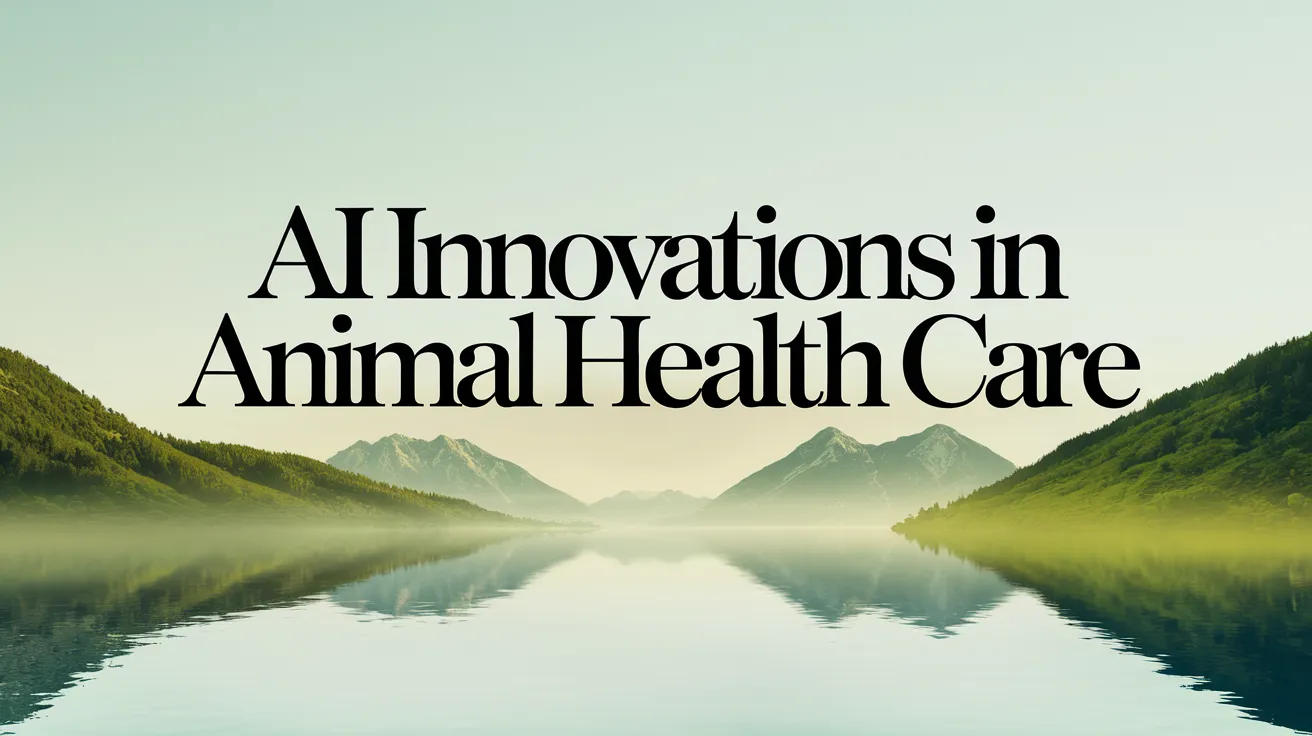AI Innovations in Animal Health Care

Over the past few years, artificial intelligence (AI) tools have gained traction as users explore their potential in diverse applications, from mimicking Shakespeare’s style to solving complex problems. In the case of the University of Wisconsin School of Veterinary Medicine (SVM), graduate students are harnessing AI technology to advance both animal and human health, aiming to bridge the technology gap in veterinary practices.
The students actively engaged their peers in adopting AI during the annual Artificial Intelligence for Veterinary Medicine and Life Sciences course in June, building a foundation for responsible AI integration within educational frameworks.
One notable effort comes from Marlee Henige (DVM’23), a PhD student aiming to utilize AI to enhance decision-making processes in veterinary practices. Funded by a National Institutes of Health T32 training grant, Henige was inspired by her experience in applying for grants and noted extreme difficulties in dealing with antimicrobial resistance—one of the world’s pressing public health threats.
Her research specifically focuses on Digital dermatitis—also known as “hairy heel warts”—which affects cattle globally. While existing prevention methods rely on disinfectants and topical antibiotics, Henige seeks to streamline the decision-making process using AI.
“Currently, antibiotics are prescribed based on educated guesses,” she explained. Ideally, swabbing infected skin samples and culturing it can take significant time, often delaying critical treatment decisions. By leveraging AI and advanced imaging, her goal is to develop a predictive tool that assists clinicians in real-time.
In collaboration with Dr. Doerte Doepfer’s lab, Henige is utilizing a collection of sequenced samples from infected bovine skin, intending to employ computer vision models to analyze DNA visualizations, which can ultimately provide insights into which antimicrobial-resistant genes are present.
Another student, Fernando Valle (MSx’26), is pivoting into the field of veterinary medicine from his background in computer science. After learning from Dr. Doepfer during a technology-focused course at MIT, he joined the SVM to advance AI applications for animal health.
Valle is currently working on a project that utilizes AI-enhanced camera detection to support dairy farmers and cattle ranchers in identifying lameness in their livestock. Thinking beyond simplistic injury assessments, he has designed an AI model that predicts lameness using top view images of cattle walking, capturing more than 800 variables related to their movement patterns and behaviors.
“The tool I’m building can have substantial implications for cattle operations, enabling quicker interventions and enhancing animal welfare,” stated Valle. Early detection is crucial, providing farmers the opportunity to address injury-related issues proactively.
Both Henige and Valle’s efforts showcase the innovative direction AI is taking within veterinary medicine, emphasizing efficiency and accuracy through advanced technologies.
As this research advances, the integration of AI into animal health care expands beyond current applications, paving the path for groundbreaking methodologies aimed at improving the health and longevity of animal species globally.